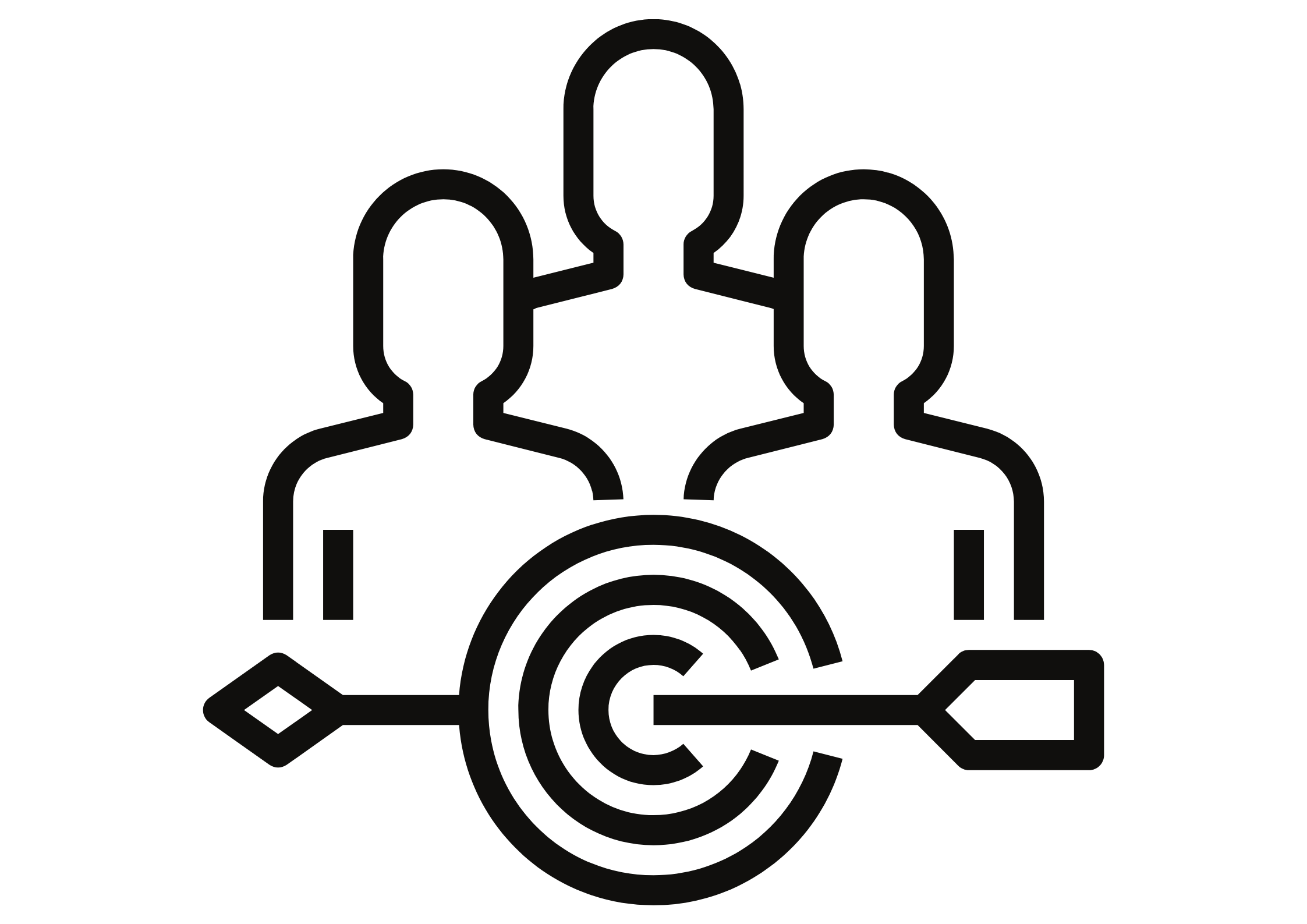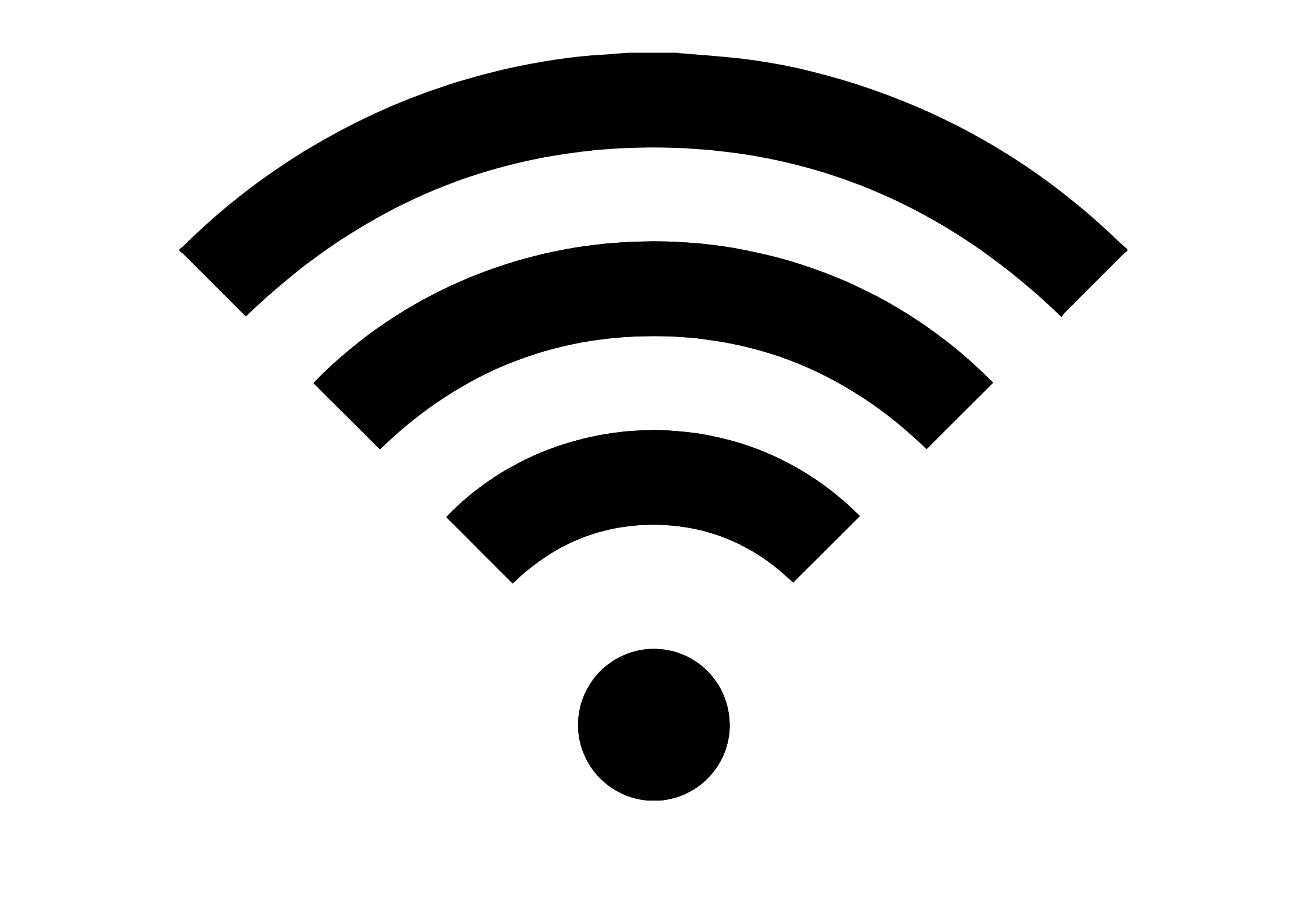
Media or Non Media: Your A-Z Guide to Communication Channels
Last update: 21 December 2022 at 04:48 pm
For a company that wishes to launch a new product, or for a new company seeking notoriety, you’ve simply got to communicate. To use the jargon; your options for getting your message out there are media and non-traditional (non media) channels.
However, communication is a whole art, a whole universe. Given what is at stake, it is important to know how to convey your messages to the right people through the right means: the famous communication channels. But what is the difference? Which is the most effective? For beginners, it can be very easy to feel lost. So read on.
Determine Your Communication Channel
Definition of a Communication Channel
In marketing, a communication channel is an approach used by a company to disseminate or exchange information. In other words, it is the system through which the message was sent in order to reach its target.
Identifying the Target Audience

Before even thinking about a communication channel, a company must first determine its target audience. Are they young people, active women, seniors… and once you have that clear, you can choose a channel along with its related action plans.
One thing that is crystal clear is that the same strategy does not work for every target group. To facilitate this, it is recommended to create a communication map, i.e. a description of the target audiences with a list of the communication channels likely to interest them, in order to determine the best medium.
Establishing a crossover table between the target audience each communication channel is also possible and can be a very useful tool.
Determining Where to Communicate
Depending on the target audience, the place of communication differs.
Schools and universities are undoubtedly the perfect places to raise student awareness. In order to capture working people, businesses, restaurants and public transportation are amongst the best places to find this niche of people. Or a less formal approach can also be used through social networks, shopping malls, etc.
Obviously, the nature of the message or campaign must be taken into account.
In brief, identifying the real or virtual location and the precise moment when you are most likely to meet as many of your target audience as possible is key to your media strategy.
Budgeting Your Communication
Communication, whether through media or non media channels, always involves budgetary constraints.
So before embarking on a campaign, it’s essential to ask yourself:
“Do I have the financial means to support this campaign via the selected communication channels?”
If the answer is no, then cheaper communication channels should be sought. Seeking outside support is another avenue to explore.
Media Channels
What Is Communication via Media Channels?
Before the democratization of the Internet (i.e. the ’90s), communication via the media was aimed globally at a group of people sharing the same interests. The most common means were the press, billboards, cinema, television, and radio.
These were and are still referred to today as non traditional advertising mediums.
Nowadays, the web offers the possibility to personalize communication in media form. For example, some companies are looking for product launch email inspiration if they are deciding to send personal notes directly in email boxes via email marketing to announce a product launch, on social networks… The success is such that it has become the sixth advertising medium, and by far the most effective.
Traditional Media Channels
Print Media
 Although increasingly abandoned in favour of digital media, the written press is still used by a good number of companies for their advertising campaigns alongside current news.
Although increasingly abandoned in favour of digital media, the written press is still used by a good number of companies for their advertising campaigns alongside current news.
Convenience and accessibility are the main reasons, especially for older generations who have little or no understanding of how the Internet works, or those who do not have access to the web. By targeting a specific audience, newspapers, magazines, and journals remain very effective.
It is the best way to support a B2B communication, product launch, or an event closely affecting a company.
Radio
With audio content that is booming at the moment, being heard on the radio is valuable no matter the channel. Just like with any means, it is important to know how far you want your message to be heard.
Companies can use both national and regional radio to achieve their objectives. This a great example of geographic targeting in communication – where different content or ads are offered to consumers based on their location. It’s a concept common to the age of being ‘online’, but one that’s actually been around for decades in more traditional media.
Event announcements, product launches… in short all local actions can be conveyed via radio, and due to its local flavor, can have a great impact and ROI, when used in conjunction with the right product.
Unfortunately, the negative point remains the absence of images, which means that the public may quickly forget what they have heard if the word has not been particularly striking. That’s why they make those jingles that stick in your head! To take anexample you almost certainly know:
Television
TV programs and advertising pages play a major role in the advertising landscape: able to be both general and as a mass medium, it targets both the national and international markets through cable channels and satellites.
It can also address a specific target, on thematic channels. It is a support of choice in the presentation of a new product: mode of use… The major disadvantage of television is its high cost, making it difficultly accessible to all companies.
Cinema
To target the 15-50 age group, cinema is a promising channel. Advertising spaces in the cinema are generally efficient, particularly because the viewer has no choice: no remote control to change channels, no mouse to click away, and three hundred and sixty degree, booming sound system where you can convey your message.
With the size of the projection screen, the comfortable seats, and inactivity… it’s the perfect recipe for a receptive audience. However, its high cost, as well as the heterogeneous nature of the public, count against it.
Display
In the city, billboards are a part of the landscape.
They offer multiple choices for businesses. Between the giant posters, the luminous panels, the markings on the ground… the possibilities are endless, even for placement: highways, bus shelters, buildings… However, its cost and its limited field of action are its main handicaps. Indeed, they are only accessible to large companies, however, it remains a mass advertisement that reaches a wide audience.
Internet Web Media
In the digital age, the Internet is unquestionably the communication channel by excellence. Indeed, given the ever-increasing number of online press and advertising, community platforms (blogs, social networks, forums…), the phenomenon is undeniable.
Any newspaper that hopes to have a large audience or a brand that wants to make a name for itself, or keep its notoriety, must be present online. The strong point of the Internet is the saving of time.
In a few minutes, a brand can create a Google AdWords advertising campaign and a page on good old social networks (Facebook, Twitter…) to promote its products, communicate with its customers… and generally, the space is affordable. But the Internet is not infallible.
Its use requires the greatest vigilance because, with the slightest deviation (false advertising, promise not kept, etc.), the reputation of the company is at risk of being tainted.
Non Media (Non-Traditional Media) Communication
What Is Communication via Non Media Channels?
In 2013, nearly 2/3 of French companies used non-traditional media communication for their campaigns. This figure shows how important the direct approach is to optimize its advertising
messages since, by definition, non-traditional media communication is:
direct marketing, where the company reaches its target audiences.
‘Traditional’ Non Media Channels
It is the cheapest communication channel, so SMBs and VSEs often use it. Traditional non-traditional media includes:
- Direct marketing: The mail-order catalog, Postal mail (by target or mass), etc.
- Alternative advertising communications:
- Traditional events – conferences, exhibitions, fairs…
- Alternative events – street marketing, training, POS
- Public relations – negotiations, press releases, conferences…
- Direct contact – phone call, SMS, meeting, promotion…
Keep in mind, one important aspect of building a good relationship with your customers is having efficient customer service.
Off-Web Media
It is impossible for a company to have good communication without having recourse to the web. Communication channels outside web media include:
- Mobile applications
- Personal platforms – intranet, internet site
- Communication in parallel – newsletter, mailing, forum…
- Analog communication – videoconferencing, chat…
Push & Pull Strategies
In a push or push marketing strategy (yes you read that right), as its name suggests, one seeks to push a product towards the consumer. There is a kind of pressure on the customer here. Either it is direct or it goes through distribution channels.
The company must deploy a whole arsenal to distinguish itself. Push marketing actions include the distribution of free samples, the sales force, events in shopping centers, on the street, emailing, etc.
With a pull or pull marketing strategy, the consumer is attracted to the product. It’s a long-term job.
If successful, the target will specifically search for the brand and make the purchase on their own. The methods commonly used are of course brand communication campaigns, advice blogs and the implementation of efficient customer service, etc.
To get positive results quickly, it is recommended to combine push and pull marketing efforts.
Multi-Channel, Cross-Channel, Omnichannel Communication
Often confused, multi-channel, cross-channel, and omni-channel qualifiers actually designate the most consistent way for a company to reach its target, via different communication channels.
The multichannel term appears with the digital channels. Basically, it is difficult to set up a logical multi-channel communication since it is necessary to process several channels and many tools. The main difficulty lies in centralizing the data of each customer using simultaneously or in turn several channels.
To overcome this problem, the notion of cross-channel was born. It makes it possible to combine the various communication channels used by the company, by making sure that they are complementary. Thus, by knowing exactly what a customer is doing, they can interact effectively with the customer.
The term omnichannel refers to the omnipresence of a customer on several channels, both online and offline. Therefore, it is necessary to know how to manage several channels, taking into account several terminals, in addition to managing in real-time the various actions of a consumer.
To have a unique profile of the same consumer who can be present on different channels, the main challenge consists in setting up basic actions that will perfectly interconnect with broadcasting techniques. The marketing datamart, personalization, and recommendation engines among others are almost impossible to circumvent.
Integrated Marketing Communication
Integrated marketing communication or IMC is a new marketing approach that aims to integrate in a logical and rational way all the communication channels of a company. Thus, each channel works with the others to generate better results faster. Combining rapid return on investment with a lasting reputation is the real objective.
To be effective, the IJC must be based on 4 major fundamentals:
- First, a focus on customer knowledge: customer behaviour is valuable information
- Secondly, a brand platform: one look, one voice, the company needs to define its DNA, to be faithful to it, and to convey it everywhere.
- Third, measurement tools with relevant performance indicators
- Fourth, an innovative and synergistic organization where messages can coordinate around a single project.
Conclusion
Hopefully, by now, you can identify the various differences between media and non media channels of communication. Additionally, we hope that you can analyze which of these strategies works best for your business! If you need additional help in picking the right communication channel, take a look at our media planning agencies in Belgium, the Netherlands, Italy, Spain, and France.







